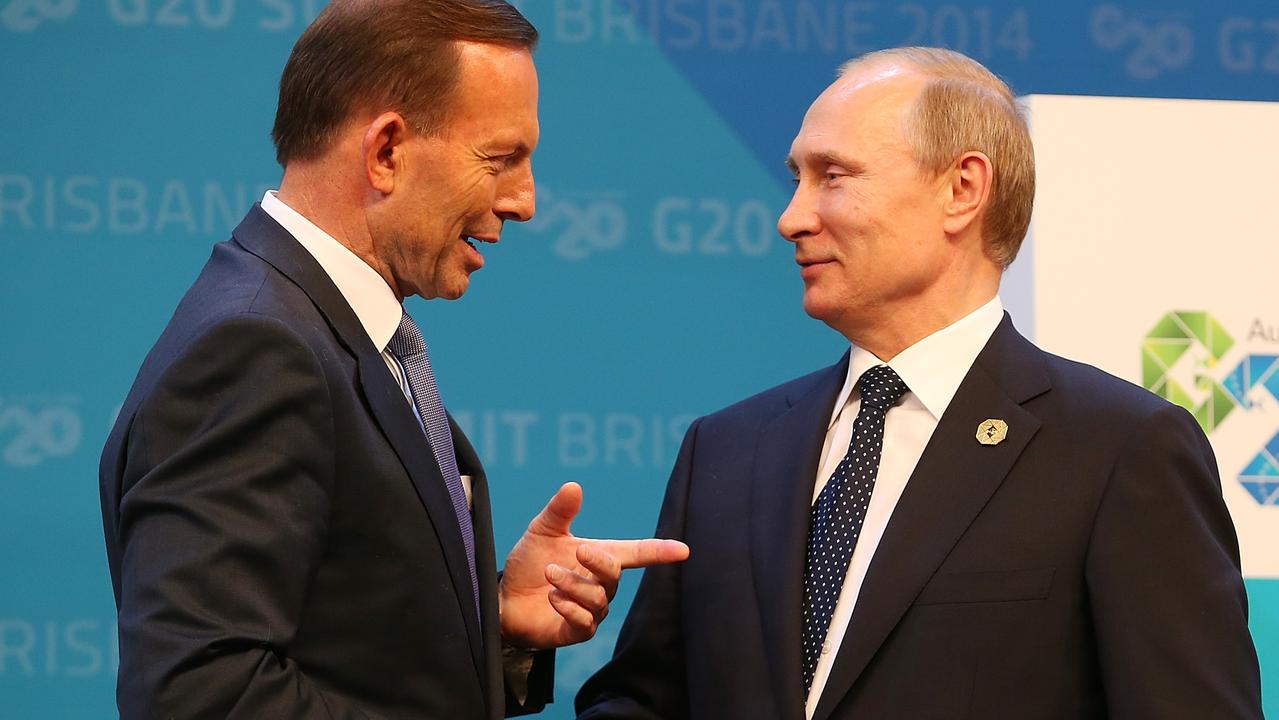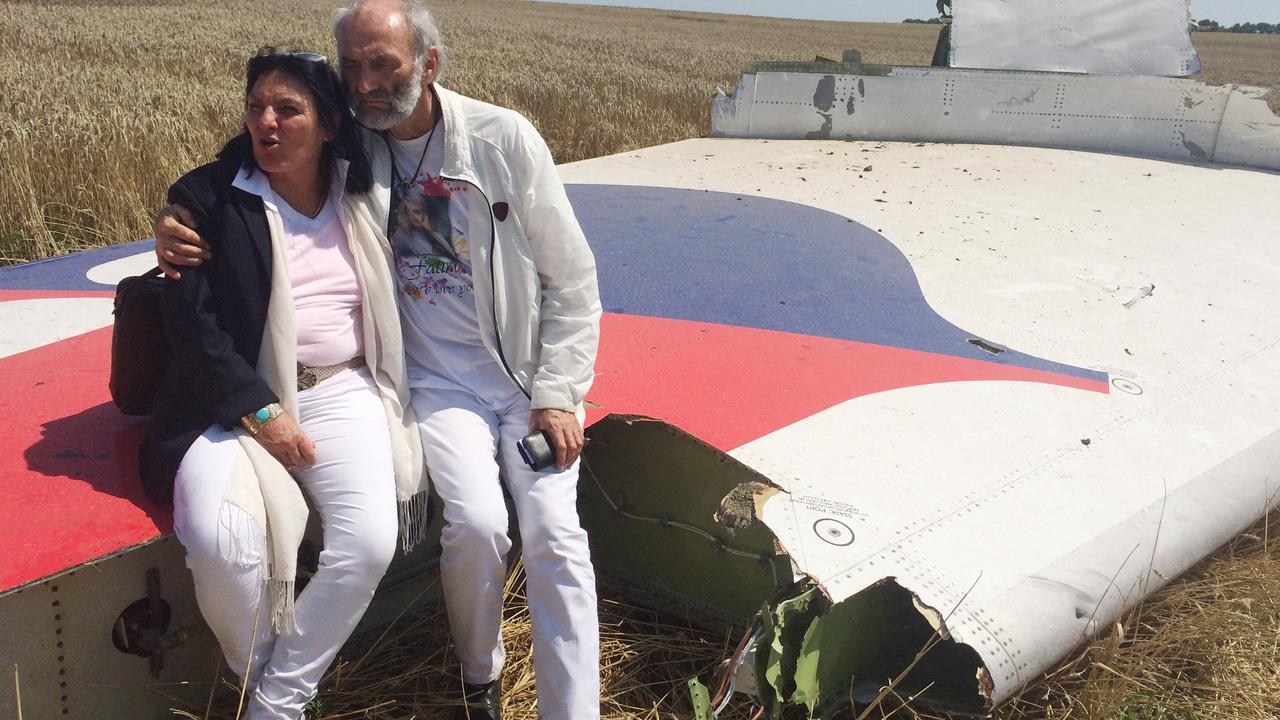$66 more each was enough to bypass Ukraine
IT would have cost Malaysia Airlines about $66 per passenger to divert around the Ukrainian airspace where it was shot down, sources say.
IT would have cost Malaysia Airlines about $66 a passenger to divert around the Ukrainian airspace where it was shot down, sources have told The Australian.
A former flight planner calculated that the diversion would have added up to 45 minutes to the journey, and with the direct operating cost of a Boeing 777-220ER estimated to run at up to $25,000 an hour, this would have added between $14,500 and $18,750 to the overall cost of the flight, or $66 per paying passenger.
Direct operating costs include expenses such as depreciation, insurance, interest, fuel, ground services, flight and cabin crew costs and maintenance.
The calculations highlight why many airlines were still using the heavily trafficked Ukrainian corridor despite the conflict below.
Industry insiders, including pilots, believe airlines would have diverted had they thought they would have been subject to a missile attack at cruise altitudes.
The incident has raised questions about the level of intelligence to which airlines are privy and the need for an international body, possibly through the International Air Transport Association, to give carriers a better indication of the risks associated with trouble spots.
Avlaw chairman Ron Bartsch, a former head of safety at Qantas, said it was difficult for individual airlines to assess the safety of routes. He proposed a system of categorisation similar to that used for cyclones to give airlines an improved ability to assess risks.
“If IATA were charged with the responsibility of making that assessment, it could be very much like a travel advisory,’’ he said.
Ukrainian and Russian air-traffic controllers had put a 32,000ft minimum altitude on the flight path that MH17 was following, with the Russians citing “combat actions on the territory of the Ukraine near the state border with Russian Federation’’, hours before Flight MH17 took off.
Malaysia said over the weekend that its flight plan had been approved by European air-navigation provider Eurocontrol and revealed it had wanted to fly at a higher altitude.
It said it filed a flight plan to fly at 35,000ft through Ukrainian airspace as the optimum altitude but local air-traffic control told it to fly at 33,000ft.
Malaysian Transport Minister Llow Tiong Lai described MH17’s flight path as “a busy major airway” and said 400 commercial flights, including 150 international flights, crossed Ukraine daily prior to the crash.
“The flight and its operators followed the rules,’’ he said.
Some airlines have found themselves in hot water as they try to distance themselves from the route taken over Ukrainian territory by Flight MH17.
Virgin Australia partner Etihad was forced to admit last night that it had been flying in Ukrainian airspace prior to the crash, after initially denying that was the case. The airline said it had now suspended all flights over Ukrainian airspace.
Singapore Airlines also got its fingers burned refusing to comment on whether its flights were over the same route, even though flight-tracking software indicated one of its aircraft was close to MH17 when it was hit by a missile.


